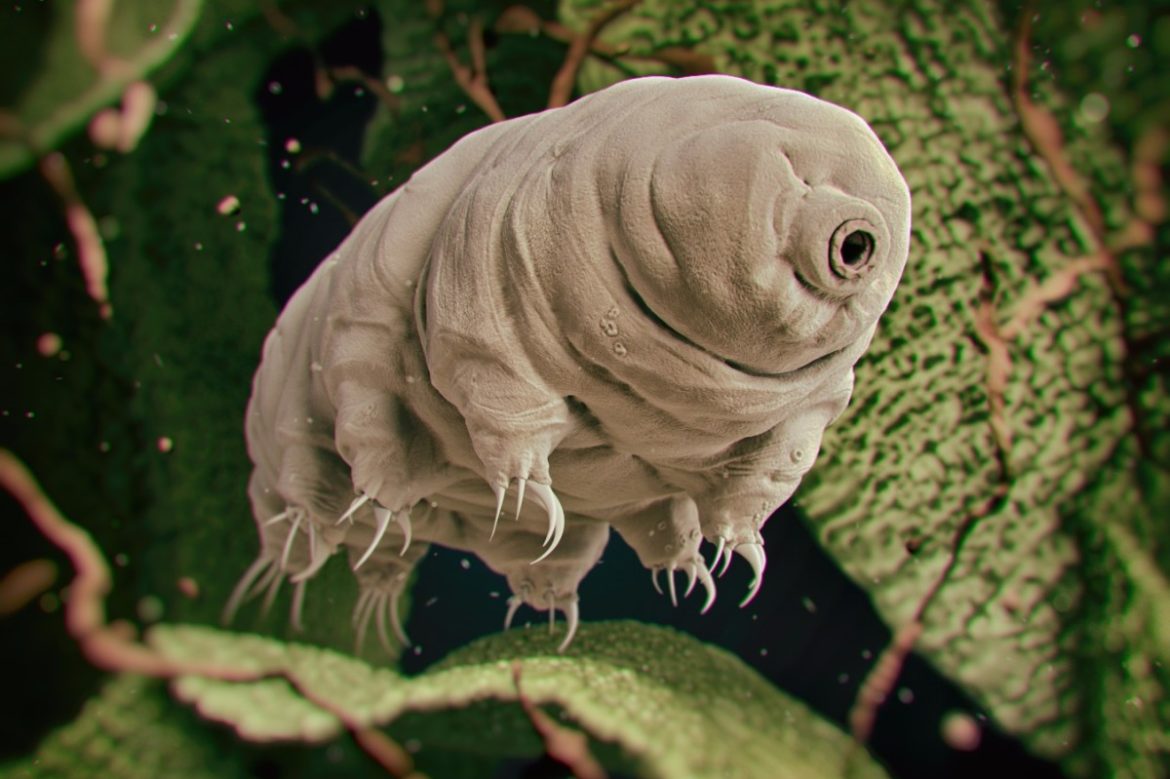
Bears on the Moon
Tardigrades live in water and are known to be the world’s most enduring living creatures because they can live in extreme conditions, even in space, and dry out to hibernate for survival when they have no access to food or water. These creatures, also known as water bears, can be found on every continent in the world and are now likely to form a colony on the Moon.
When the Beresheet spacecraft, financed by an Israeli private company, crashed on the Moon surface on April 11th, it contained thousands of water bears.
Before being sent to the lunar mission, these tardigrades were dehydrated to suspend their lives. Even though these living champions need water to survive, they can wait inactively in a dehydrated state under extreme conditions, and come back to life when they meet water again. This is precisely why the tardigrades, the microscopic and multicellular, and one of the most durable lifeforms on our planet, are ideal for experiments in space. When the Beresheet crashed the Moon, they may theoretically come back to life in the future, unless the hard epoxy box they were put in was seriously damaged.
So, even if the little water bears are still alive, they are asleep and will not invade the Moon anytime soon.
So, is anyone in trouble because of the accidental scattering of tardigrades on the surface of the Moon? This is a complex question, but the answer is no. Space agencies around the world follow an agreement known as the 1967 “Space Treaty” on what can be allowed to be left on the Moon. Prohibitions explicitly stated object weapons, experiments, or vehicles that may interfere with the missions of other space agencies.
In the years following the treaty, other rules were established to address the risk of seeding other celestial bodies with Earthly microbes, and these rules established the practices for sterilizing mission equipment to prevent contamination. However, even though major space agencies often follow these rules, there is no entity to guarantee the implementation of all these rules by all agencies globally.
Although the Moon is not subjected to strict sterilization rules like other celestial bodies in the Solar System, the NASA’s Office of Planetary Protection sets rules on contamination depending on how much a place can support life. For example, when we go to Mars, there will be strict rules about what life forms can be brought into this environment. However, there is no such concern for the barren Moon.
Nevertheless, the presence of thousands of tiny water bears hibernating in an epoxy box is quite interesting as an answer to the question of “Is there life on the moon?”
REFERENCES
- 1. https://earthsky.org/human-world/tardigrades-lunar-library-beresheet-spacecraft-crash-moon
- 2. https://www.livescience.com/moon-tardigrades-future.html
